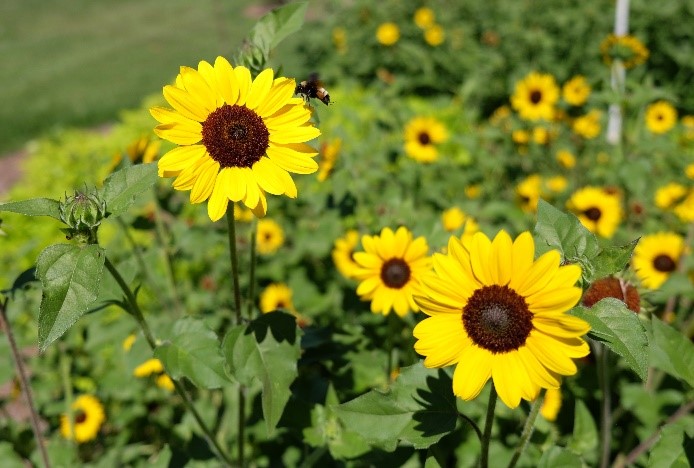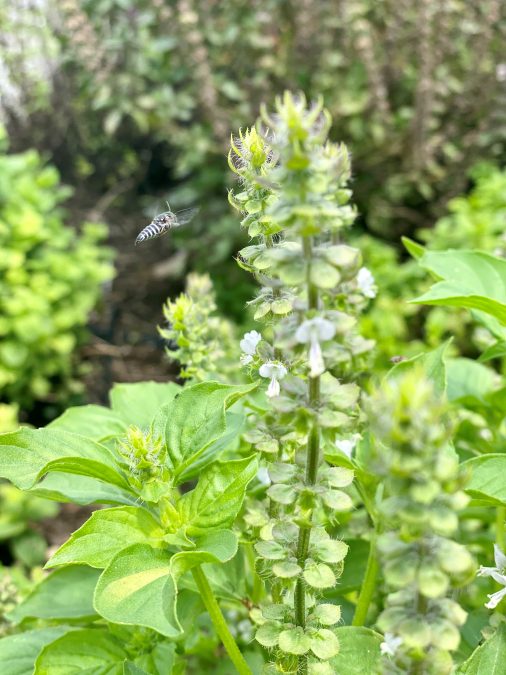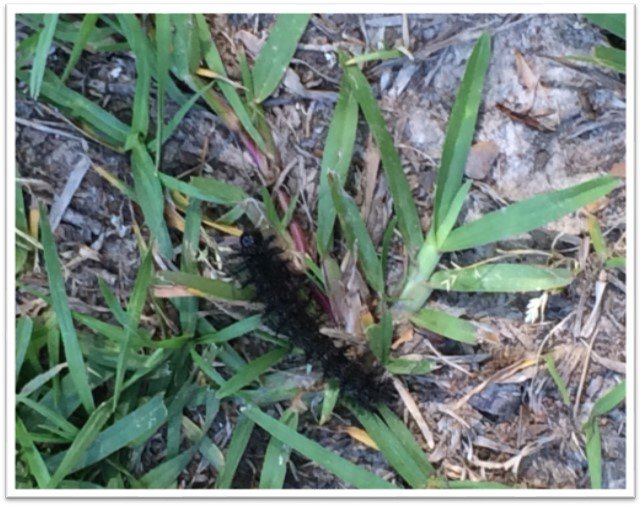
Hoychick joins TGMC as In-House Counsel
April 2, 2021
Spring into the Garden!
April 2, 2021By Heather Kirk-Ballard, LSU AgCenter Horticulturist
When I was growing up, the word alternative described the pop trends of the day. It has another meaning to me now. Organic, natural pesticides and fertilizers and native plants are an increasingly popular alternative to synthetic chemicals and fertilizers as well as the heavy use of non-native plants and practices.
How did traditional organic methods become the alternative? Isn’t that the definition of an oxymoron? With the invention and use of chemical fertilizers and pesticides, farmers were able to increase food and crop production to support the world’s increasing population. That’s a good thing, right? Yes. However, the overuse of chemicals has had a negative effect on our pollinators and ecosystems.
Pollinators are responsible for one in every three bites of food we take. They increase our crop quality and values each year by more than $15 billion, according to the U.S. Department of Agriculture. Pollinators, specifically honeybees, have been in serious decline for more than three decades in the United States.
A large variety of pollinating insects make their homes in urban and suburban landscapes. Gardens and landscapes can be designed and managed in an alternative way so that they can support ecosystems rather than harming them.
Landscapes that support a wide array of pollinators help contribute to biodiversity and enhance local ecosystems in so many ways. As you go about your spring gardening this year, please consider using plants that support beneficial insects and pollinators.
There are a couple of strategies to protect pollinators, beneficial insects, local wildlife and their habitats. First, create habitats that include a diversity of plants. Second, keep your plants healthy without exposing the pollinating insects to toxic pesticides. Easy peasy!
There is a huge variety of plants that contribute to biodiversity and support a wide variety of pollinators. However, some of the most commonly used plants in our landscapes are not native to the United States. In fact, in many lawns and gardens, more than 75% of the most commonly used landscape plants are not native plants.
If you pay attention to both common and scientific names, you will notice just how many are not native to North America — Japanese magnolia, Chinese mahonia, Japanese yew, Indian hawthorn, Juniperus chinensis, Camellia japonica, Rosa chinensis (roses), etc. In contrast, native plants have names such as Itea virginica, Callicarpa americana, Clematis texensis, Anise floridanum, Quercus virginicus, Ruellia caroliniensis, Rudbeckia texana and so on. I think you can see the reference.
Non-native plants work fine in our landscapes because we fall on the same latitude as the countries they originate from. However, the pests that come along with those plants can do a real number on our native plants. Our native plants have built-in chemical defenses to ward off native insects because they have evolved together. When non-native plants and their insects make their way here, they upset the local ecosystems.
To help improve the biodiversity of your lawns and gardens, use a mixture of plants. Natives, in addition to those that are not native, are a good idea. Incorporating natives into even the smallest fraction of the smallest gardens can make a huge impact. Natives offer the biodiversity needed to support large ecosystems and all parts of the natural food web. The insects depend on native plants as food sources, and in turn, wildlife, birds and many mammals depend on them. These plants can also stabilize our soils and help conserve water.
As you choose, remember that natives have the benefit of being hardier plants because they are so well adapted to our soils and climates. They have less disease and insect pressures than non-natives. That means we will use less chemicals, insecticides, fungicides and herbicides because natives can stand up to disease and insect pressures naturally.
Here is a quick list of tips for how you can help support pollinators, beneficial insects and wildlife in your landscapes:
— Use a diverse selection of flowers, shapes and plant families.
— Include flowering shrubs, bulbs and trees.
— Use native plant species.
— Plant single-flowered varieties that allow easier access to pollen and nectar.
— Ensure continuous flower bloom and extend the bloom season.
— Plant fewer, larger blocks of flowers.
— Provide nesting places.
— Reduce or eliminate insecticide use.
Many local nurseries and garden centers carry native selections. As consumers begin to demand more natives, the growers and garden centers will strive to carry more.
If you are looking for a good read this summer, let me recommend “Nature’s Best Hope: A New Approach to Conservation that Starts in Your Yard” by Doug Tallamy. Every yard counts!









